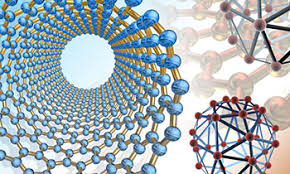Mechanical and Materials Engineering, Department of
Document Type
Article
Date of this Version
2021
Citation
Nano Select 2021;2:1566–1579.
DOI: 10.1002/nano.202000284
Abstract
Due to their biomimetic properties, electrospun nanofibers have shown great potential in many biomedical fields. However, traditionally-produced nanofibers are typically two-dimensional (2D) membranes limiting their applications. Herein, we report a large-scale synthesis of compressible and reexpandable three-dimensional (3D) nanofiber matrices for potential biomedical applications. The reproducible mass production of such matrices is achieved using a multiple-emitter electrospinning machine with a controlled environment (e.g., temperature, humidity, and air flow rate) followed by an innovative gas-foaming expansion. The modified 20-emitter circular array with 3D-printed needle caps is capable of maintaining stable Taylor cones under extremely high flow rates. The introduction of such an emitter array allows for the production rate of 3D nanofiber matrices to increase by over 800 times while retaining the desired morphological, mechanical, and absorptive properties when compared to ones generated by a single-nozzle electrospinning setup. Taken together, a feasible, optimized method has been demonstrated for scaling up production of shape-recoverable, expansile nanofiber matrices, representing a step towards translating such materials into preclinical, large animal testing, clinical trials, and eventually clinical applications.
Included in
Mechanics of Materials Commons, Nanoscience and Nanotechnology Commons, Other Engineering Science and Materials Commons, Other Mechanical Engineering Commons



Comments
This is an open access article under the terms of the Creative Commons Attribution License